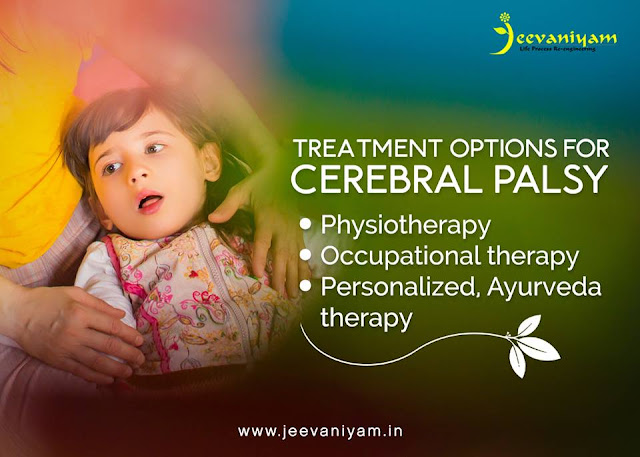Childhood is filled with so much wonder and happiness. It is also the period when a child is most vulnerable to diseases. Cerebral Palsy is a disorder that affects the muscle tone, movement, and motor skills of a child. The disease usually strikes before or during childbirth or when the child is between three to five-years-old. Abnormal development or damage to certain areas of the brain can result in Cerebral palsy. It can even result in permanent disorders that hinder movement. Poor coordination, stiff muscles, and tremors are the common symptoms of Cerebral Palsy.
Cerebral Palsy and the Damage caused to the Brain
The brain has a major role in controlling and coordinating motor functions. Any injury to the brain can have adverse effects on the coordination and movement of the individual. Following are the types of Cerebral Palsy and the areas of the brain affected by the disease.
Damage to the brain’s motor cortex and the pyramidal tracts results in Spastic Cerebral Palsy. The motor cortex controls voluntary movement, and pyramidal tracts help to relay signals to the muscles. Any damage to the right side of the motor cortex results in impairment on the left side of the body and vice versa. Uncontrolled reflexes, stiffness in one part of the body are symptoms of Spastic Cerebral Palsy.
Damage to the brain’s basal ganglia or cerebellum results in Athetoid Cerebral Palsy. Basal ganglia play a major role in regulating the voluntary motor function along with the movement of the eyes. Balance and coordination of the body is controlled by the cerebellum. The symptoms of Athetoid Cerebral Palsy include stiffness of the body, accompanied by problems in maintaining body posture.
Ataxic Cerebral Palsy is caused by damage to the cerebellum. Difficulty while speaking, problems with depth perception are the common symptoms of Ataxic Cerebral Palsy.
When more than one type of Cerebral Palsy is involved, it could be a result of Mixed Cerebral Palsy. The disease has the characteristic features of multiple brain injuries.
Cerebral Palsy can be quite challenging for young children. Being unable to move, speak, or live like their peers can put a lot of mental pressure on them. With proper care and attention, patients suffering from Cerebral Palsy can lead a normal life.
Ayurvedic Treatment for Cerebral Palsy
Ayurvedic treatment for Cerebral Palsy includes a combination of Rooksha and Sidha Therapy that helps in the effective and uninterrupted flow of body fluids. Medicated oil massages for head and the body along with Panchakarma therapies like Nasyam and Vasthi helps in relaxing the muscles and improves overall muscle coordination. A combination of physiotherapy, occupational therapy, and sensory integration therapy helps in improving the overall health condition. All these medications aim at improving the neuroplasticity of the brain. This factor refers to the ability of the brain to form new cells, to repair damaged cells, and also re-organize the different sections of the brain.
Cerebral Palsy Treatment in Kerala
At Jeevaniyam Ayurveda Hospital and Treatment Center, you can find relief from Cerebral palsy. Find effective Ayurvedic treatments that aim at improving muscle coordination and overall mobility. Cerebral Palsy Treatment in Ayurveda can yield desired results if administered properly. Along with improving the overall health of your children, Jeevaniyam has also introduced academic sessions as part of their educational programme.
Visit Us: jeevaniyam.in
Mail us : ayurvedajeevaniyam@gmail.com
Book an appointment : jeevaniyam.in/book-appointment

